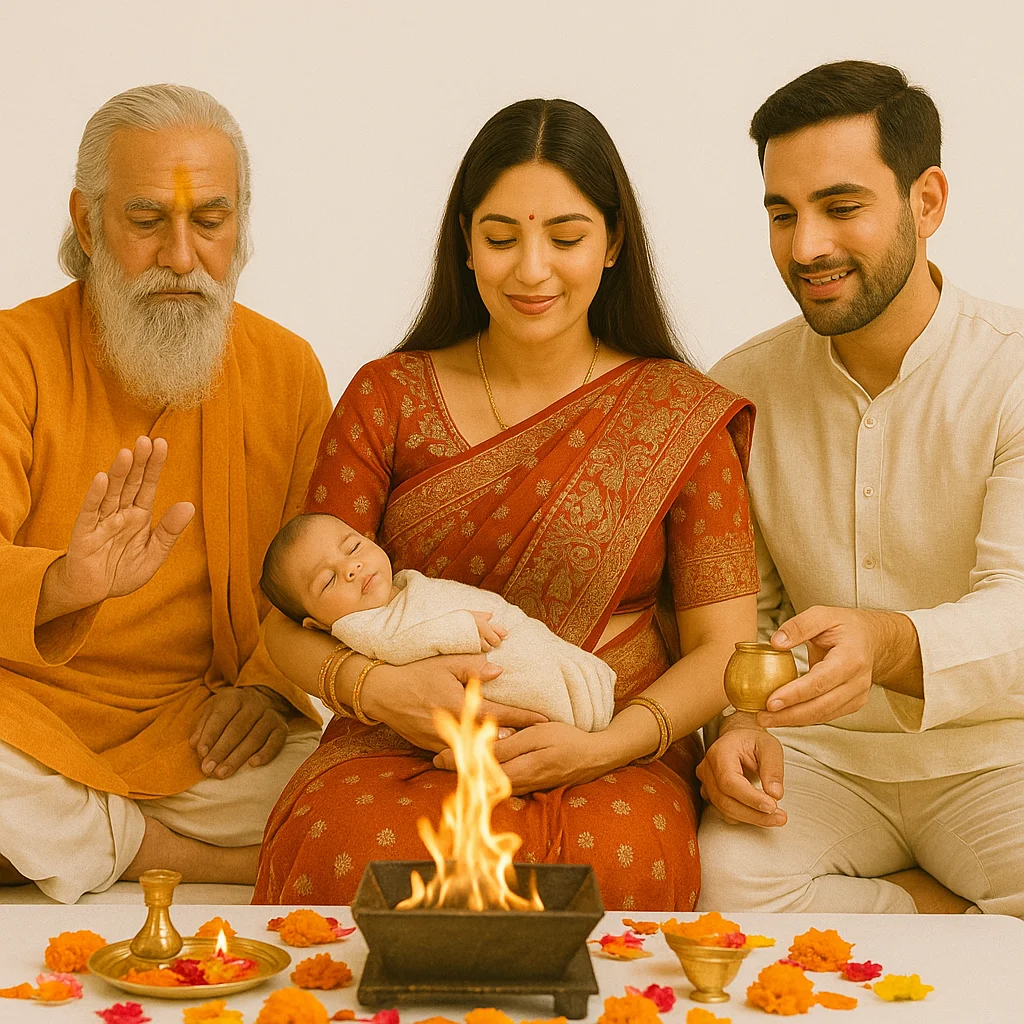Importance of Arya Samaj Namkaran Sanskar
The Spiritual and Social Value of Naming Ceremony
The Arya Samaj Namkaran Sanskar, also known as the baby naming ceremony, is the very first Sanskar in a child’s life. It is celebrated with immense joy because a name is not just a way of calling someone — it becomes their identity, personality, and vibration for the entire life.
In Arya Samaj tradition, Namkaran Sanskar is performed with authentic Vedic mantras, keeping the rituals simple, clear, and meaningful. Unlike other ceremonies that sometimes get mixed with unnecessary customs, Arya Samaj focuses only on truthful and spiritual practices.
Why is Namkaran so important?
-
A meaningful name connects the child with culture and values.
-
Vedic mantras during the ceremony invite divine blessings.
-
Elders bless the child with health, wisdom, and prosperity.
-
It becomes the child’s introduction to society as a respected individual.
-
The name chosen reflects positive qualities, inspiring the child throughout life.
For parents, Namkaran is the proud moment when their child is officially welcomed into the family and society. For grandparents, it is the joy of passing on traditions. And for the child, it becomes the foundation of identity, self-confidence, and belonging.
Namkaran Sanskar in Arya Samaj is not just a ritual — it is a sacred start of life filled with blessings, culture, and spirituality.
कोऽसि कतमोऽसि कस्यासि को नामासि। यस्य॑ ते नामाम॑न्महि यं त्वा सोमेनातितृपम्। भूर्भुवः स्वः सुप्रजाः प्रजार्भिः स्यां सुवीरों वीरै: सुपोष: पोषै: !


